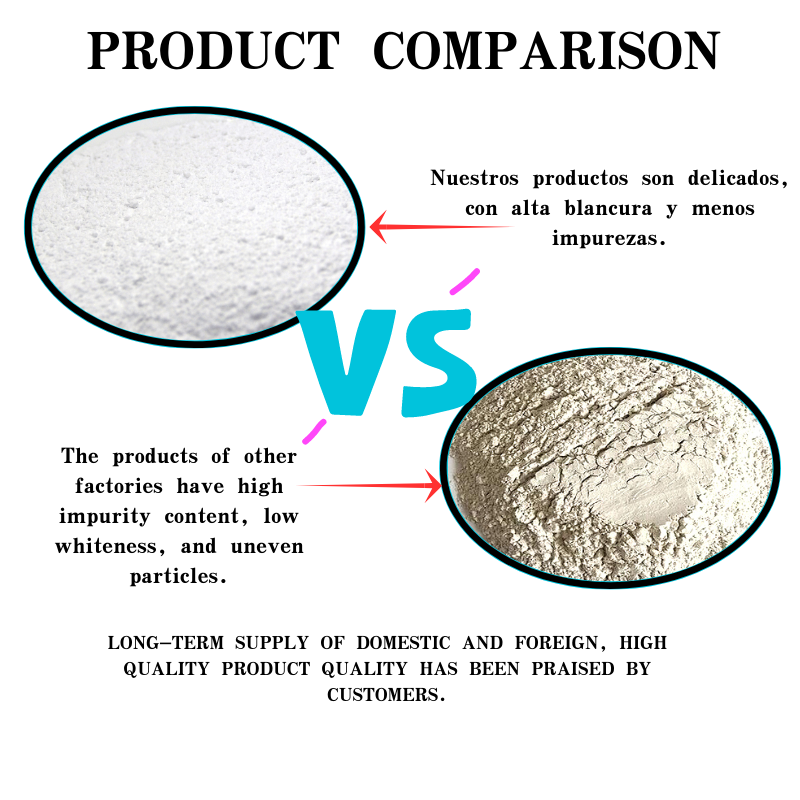
Advancements in Pure Silicon Carbide for High-Performance Electronic Applications
Pure Silicon Carbide The Future of Advanced Materials
Silicon carbide (SiC) is a compound semiconductor that has gained significant attention in recent years, particularly in the fields of electronics, optoelectronics, and materials science. With its unique properties, pure silicon carbide is poised to revolutionize various industries, owing to its superior thermal, mechanical, and electrical characteristics.
Properties of Pure Silicon Carbide
At its core, pure silicon carbide is a crystalline compound composed of silicon and carbon. Its structure is exceptionally stable, which contributes to its many advantageous properties. First and foremost, SiC exhibits a high level of thermal conductivity, which allows it to operate efficiently in high-temperature conditions. This makes it an ideal candidate for applications in power electronics where heat dissipation is a critical concern.
Moreover, pure silicon carbide possesses remarkable hardness, ranking just below diamond on the Mohs scale. This exceptional hardness translates to superior wear resistance, making SiC an excellent material for abrasive applications and cutting tools. Additionally, the high breakdown electric field of SiC enables devices to operate at higher voltages, further enhancing their efficiency and reliability.
In terms of chemical stability, pure silicon carbide proves to be resistant to oxidation and corrosion, making it suitable for use in harsh environments. This resilience is particularly vital in sectors such as aerospace, automotive, and energy, where materials are often subjected to extreme conditions.
Applications of Pure Silicon Carbide
pure silicon carbide

Given its unique properties, pure silicon carbide is utilized in a wide array of applications. In the electronics industry, SiC is increasingly favored for power devices such as MOSFETs (Metal-Oxide-Semiconductor Field-Effect Transistors) and Schottky diodes. These devices benefit from SiC's ability to operate at higher temperatures and voltages, resulting in greater energy efficiency compared to traditional silicon-based devices. As a result, SiC technology has become instrumental in the development of electric vehicles, renewable energy systems, and smart grid technologies.
In the field of optoelectronics, SiC is employed in the manufacturing of light-emitting diodes (LEDs) and laser diodes. Its wide bandgap allows for the production of light in the ultraviolet to visible spectrum, which is crucial for lighting applications and advanced communication systems. The energy efficiency and longevity of SiC-based devices make them highly desirable in modern lighting solutions.
Furthermore, pure silicon carbide has found its way into abrasive materials, cutting tools, and grinding wheels. The hardness of SiC allows for efficient cutting and machining processes, thereby enhancing productivity in manufacturing industries. In addition, its chemical inertness makes it an excellent candidate for use in protective coatings and wear-resistant surfaces.
Future Perspectives
As advancements in technology continue to progress, the demand for pure silicon carbide is expected to rise exponentially. The push for more efficient and sustainable energy solutions is driving research and development in SiC materials and devices. Governments and industries are increasingly investing in the production of SiC, recognizing its potential to reduce energy consumption and enhance the performance of electronic devices.
Moreover, ongoing research into enhancing the properties of pure silicon carbide, such as increasing its purity and improving its fabrication techniques, will further expand its applicability in emerging technologies. Innovations in manufacturing processes, such as chemical vapor deposition (CVD), are already paving the way for the next generation of SiC-based devices.
In conclusion, pure silicon carbide represents a transformative force in both existing and emerging technologies. Its unique combination of properties enables significant advancements in electronics, materials, and manufacturing processes. As industries continue to evolve, pure silicon carbide is likely to play a pivotal role in shaping a more efficient and sustainable future. The journey of SiC has only just begun, and its potential remains boundless.
Share
-
Premium Talcum Powder Enhanced with GPT-4 Turbo | Soft & Long-LastingNewsAug.02,2025
-
Fly Ash Solutions Enhanced by GPT-4 Turbo | Sustainable InnovationNewsAug.01,2025
-
Natural Premium Bentonite Cat Litter - Superior ClumpingNewsJul.31,2025
-
Premium Resin Coated Sand - High Heat Resistance CastingNewsJul.31,2025
-
High Quality Silicon Carbide Grit for Abrasive ApplicationsNewsJul.30,2025
-
High-Quality Ceramsite for Plants & Gardening | Lightweight PebblesNewsJul.29,2025






